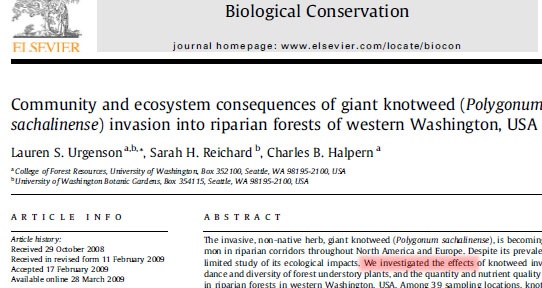...
Primary Research Literature
In the sciences, primary literature reports on research conducted by the authors who wrote the article.
When you see an article in a scientific journal, there are several clues that it is primary literature. The most important clues are 1, 2, 4, and and 5 below.
1. The authors are identified.
...
3. Sometimes the abstract shows evidence that the article is about the author's own research:
4. The authors explain how they did their research. Often there will be a heading within the article called "Methods," or "Materials and Methods." ," or "Experimental" heading within the article. In shorter articles, often called brief reports, short communications, or letters, there won't be any internal headings but if you read carefully, you will find a brief explanation of how the authors did their research.
5. The authors report their findings. Often there will be a heading within the article called "Results." In shorter articles, often identified as brief reports, short communications, or letters, there won't be any internal headings, but if you read the article you will find that the authors report their findings.
6. The authors identify the references they used as background for their research. Science advances by building on previous research, and it's important to acknowledge the work that has gone on before. Note that secondary literature, such as review articles also have references. (For more on review articles, see What's Not a Primary Research Article below.) * * However, the absence of any references is a strong clue that you are not looking at a primary article.
...




